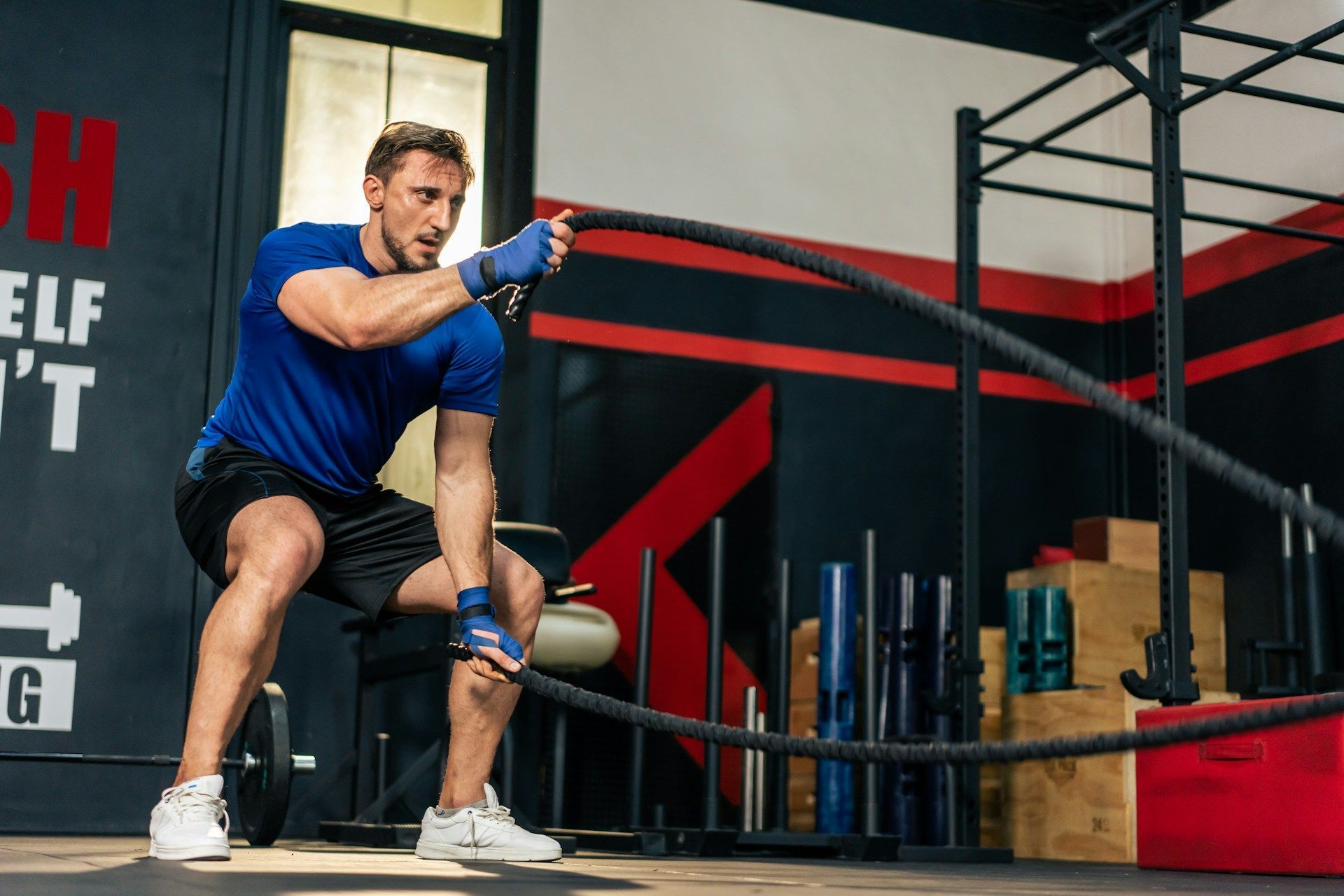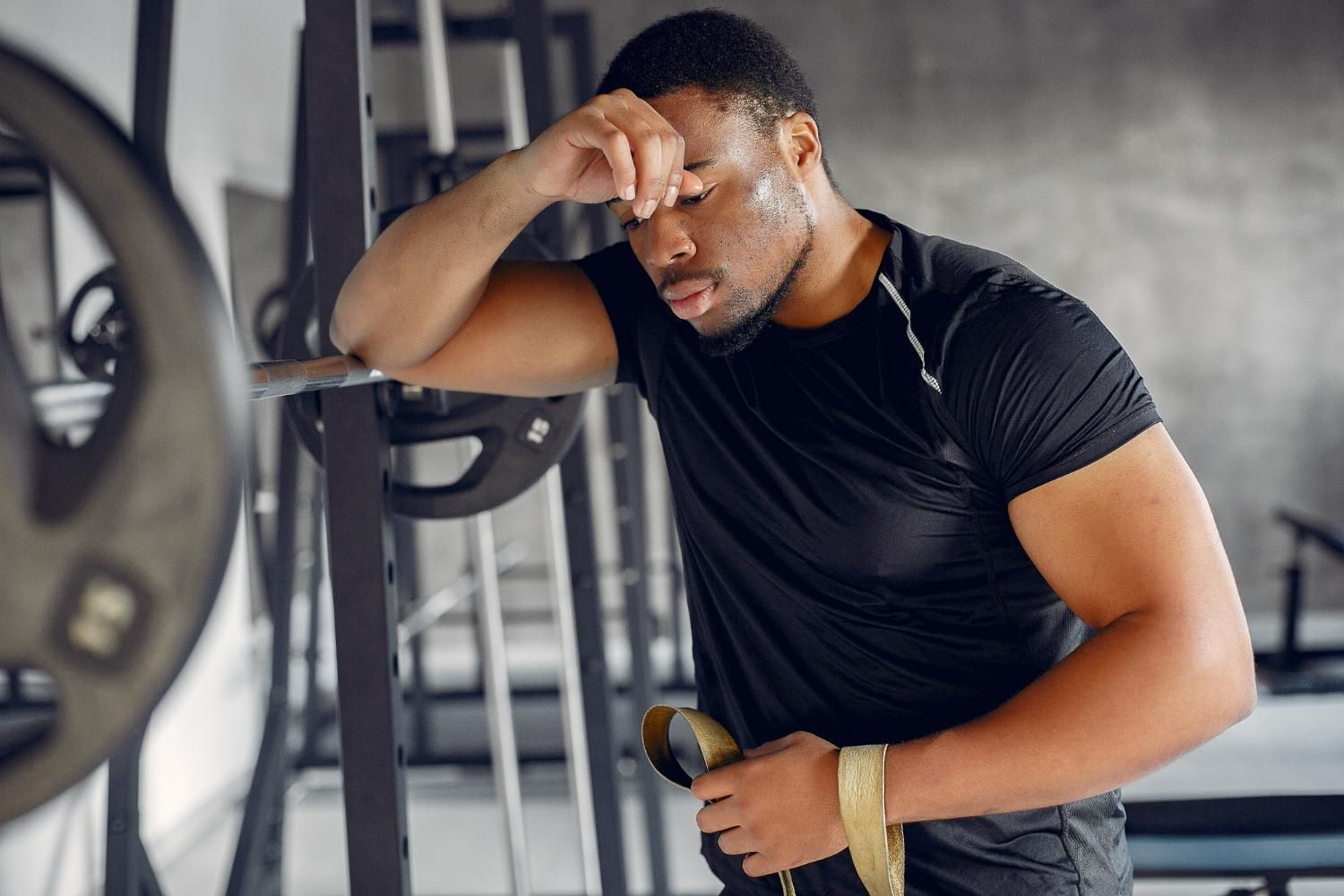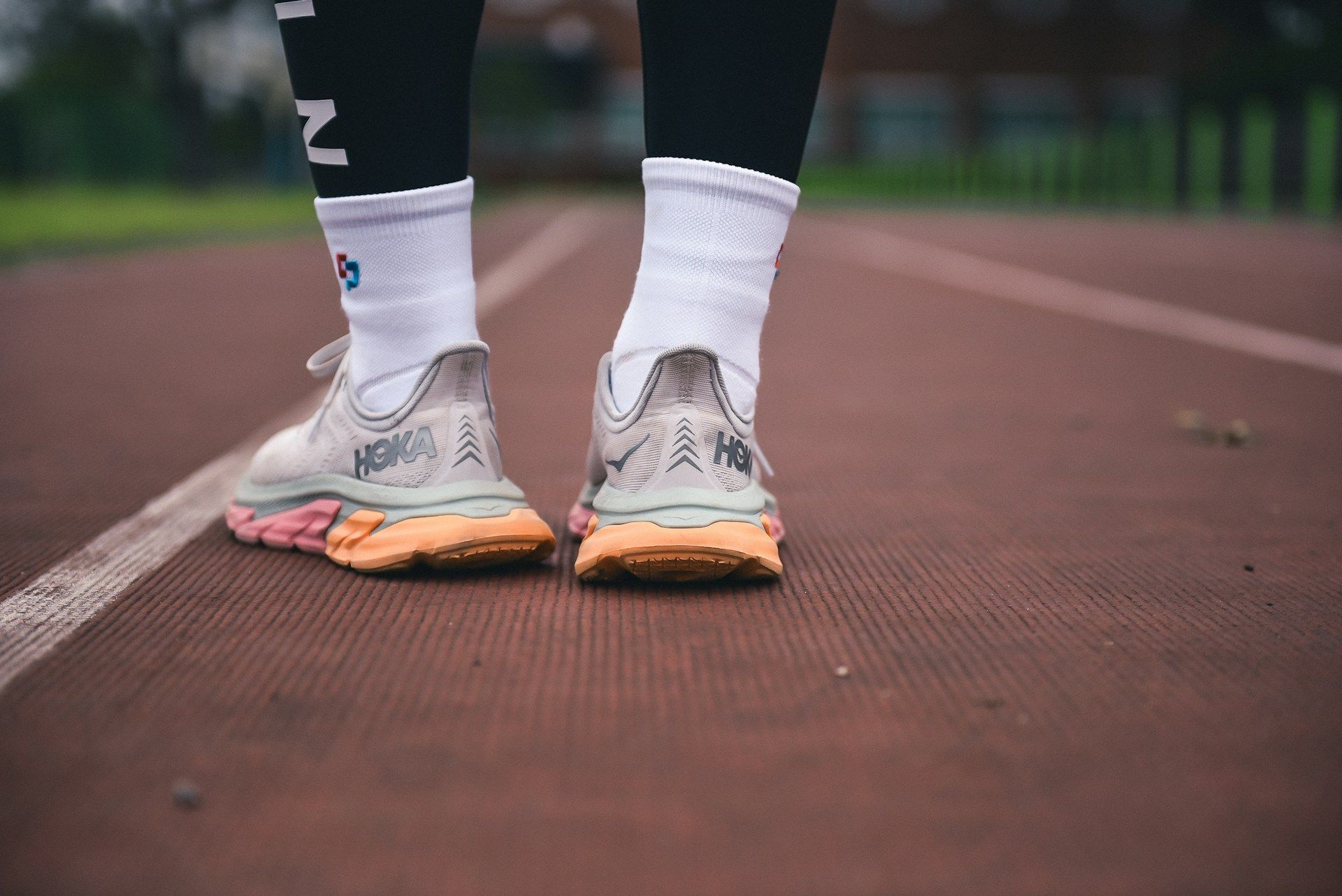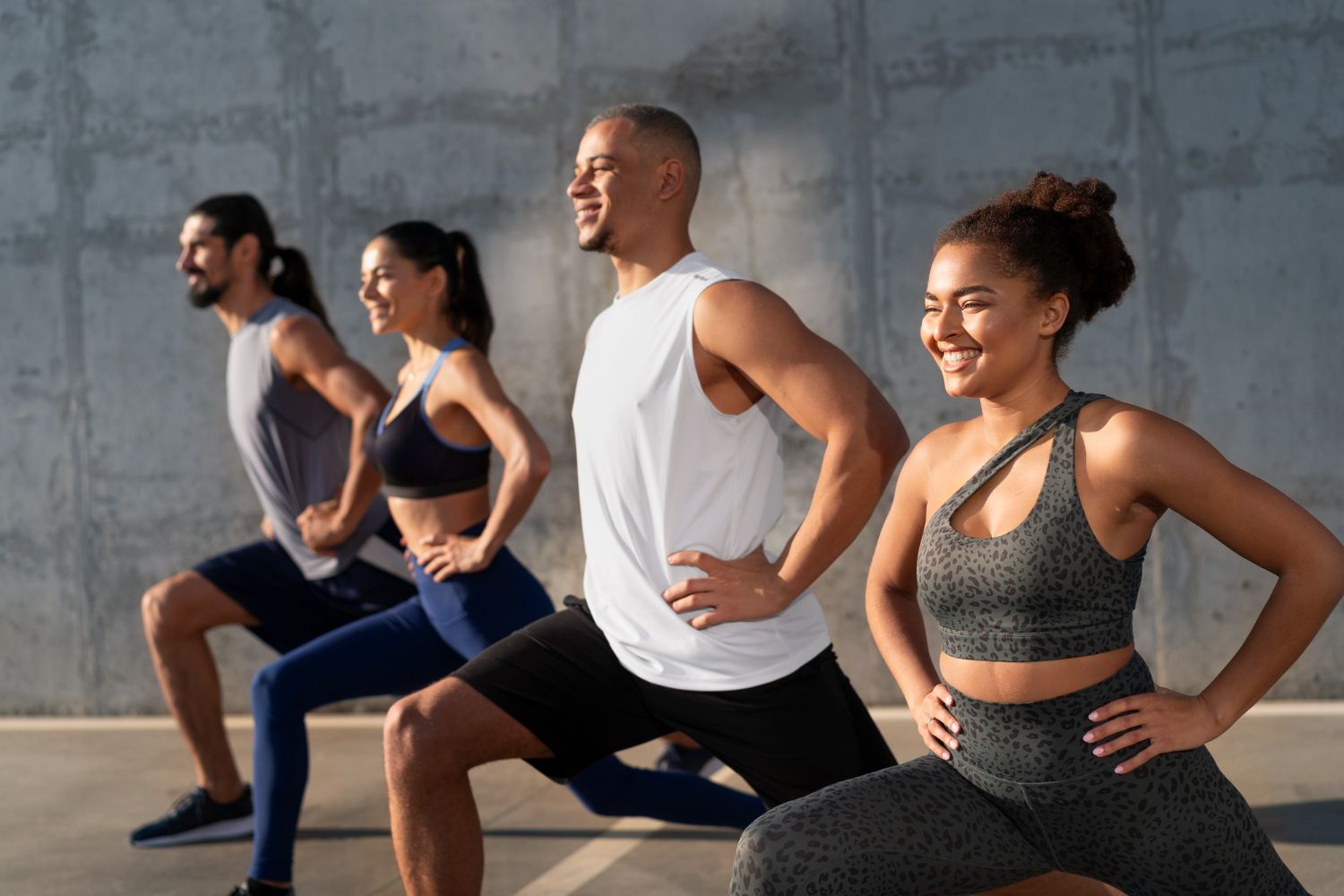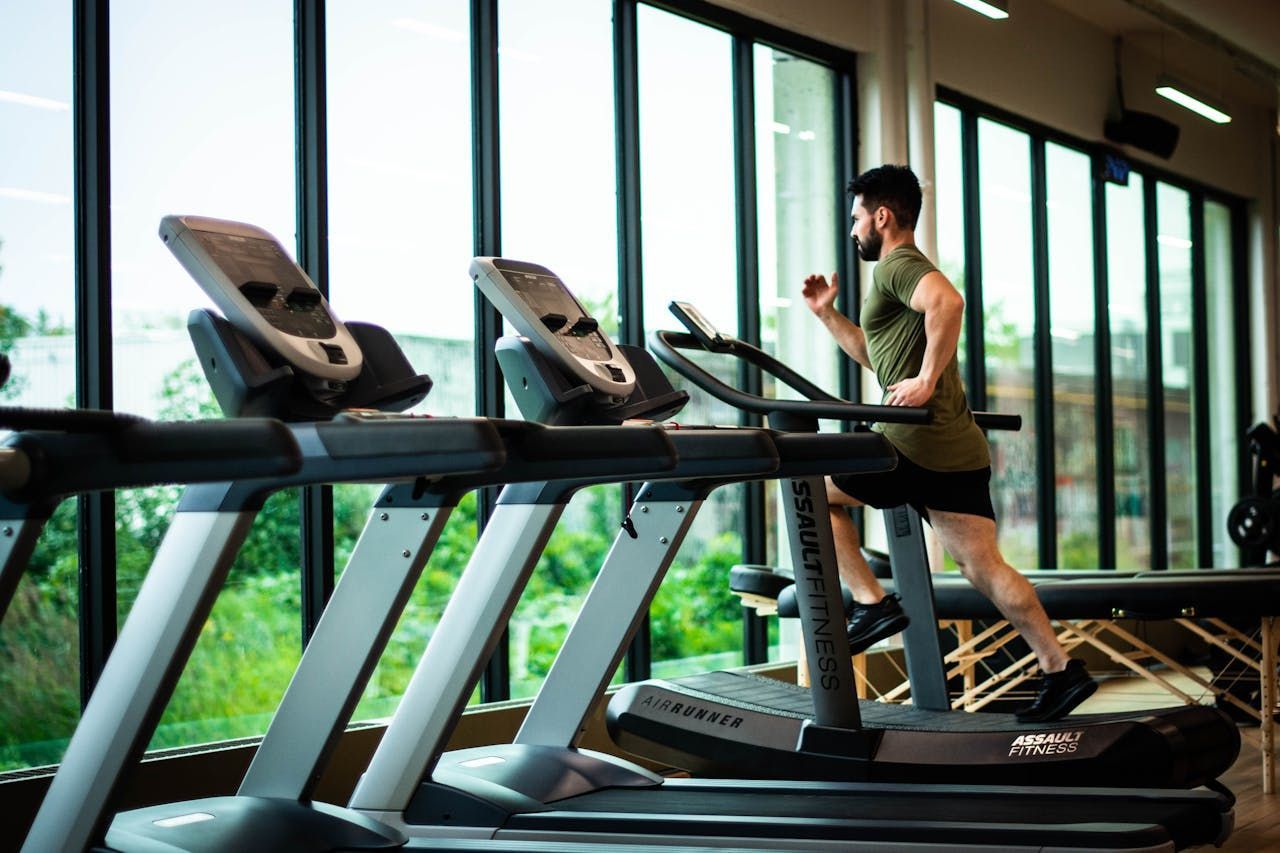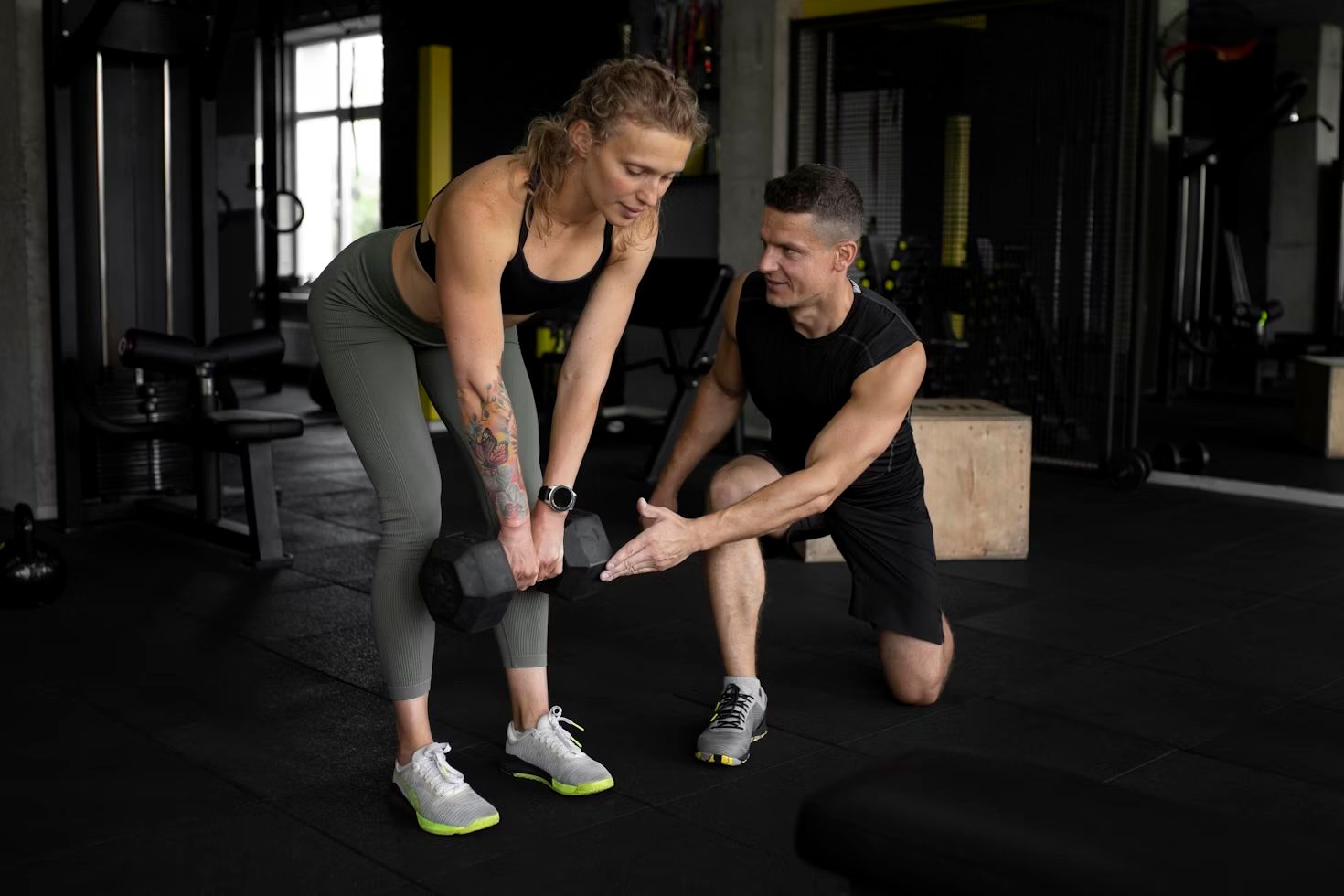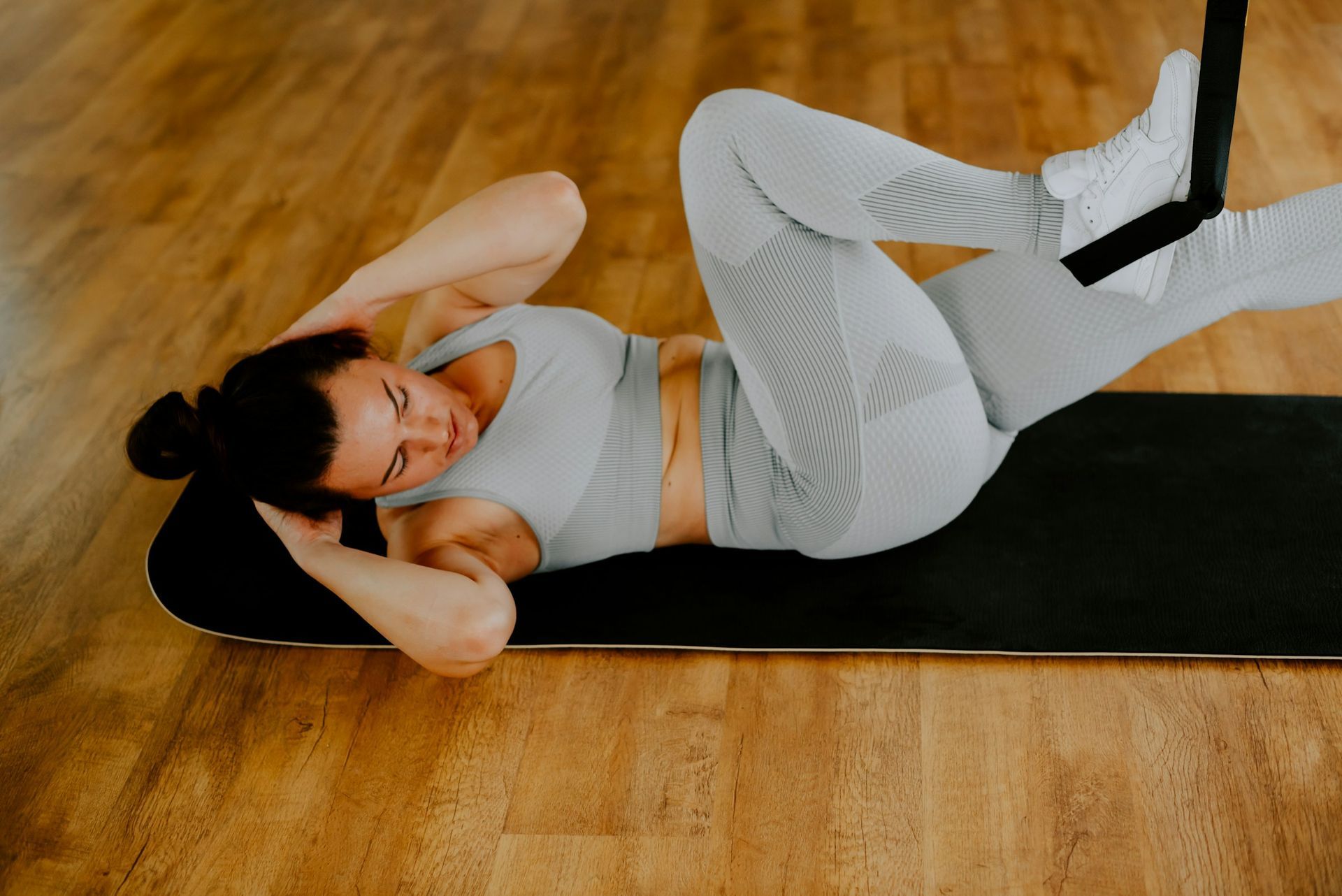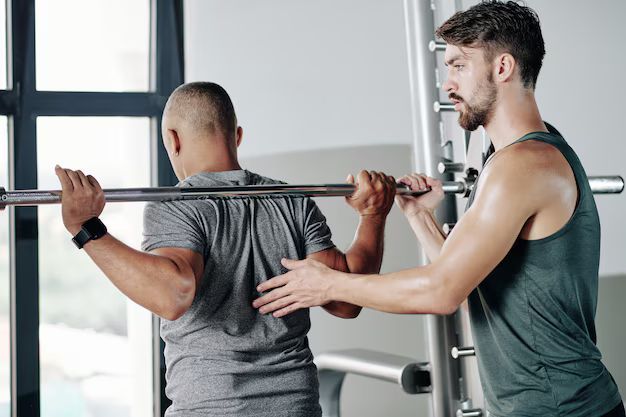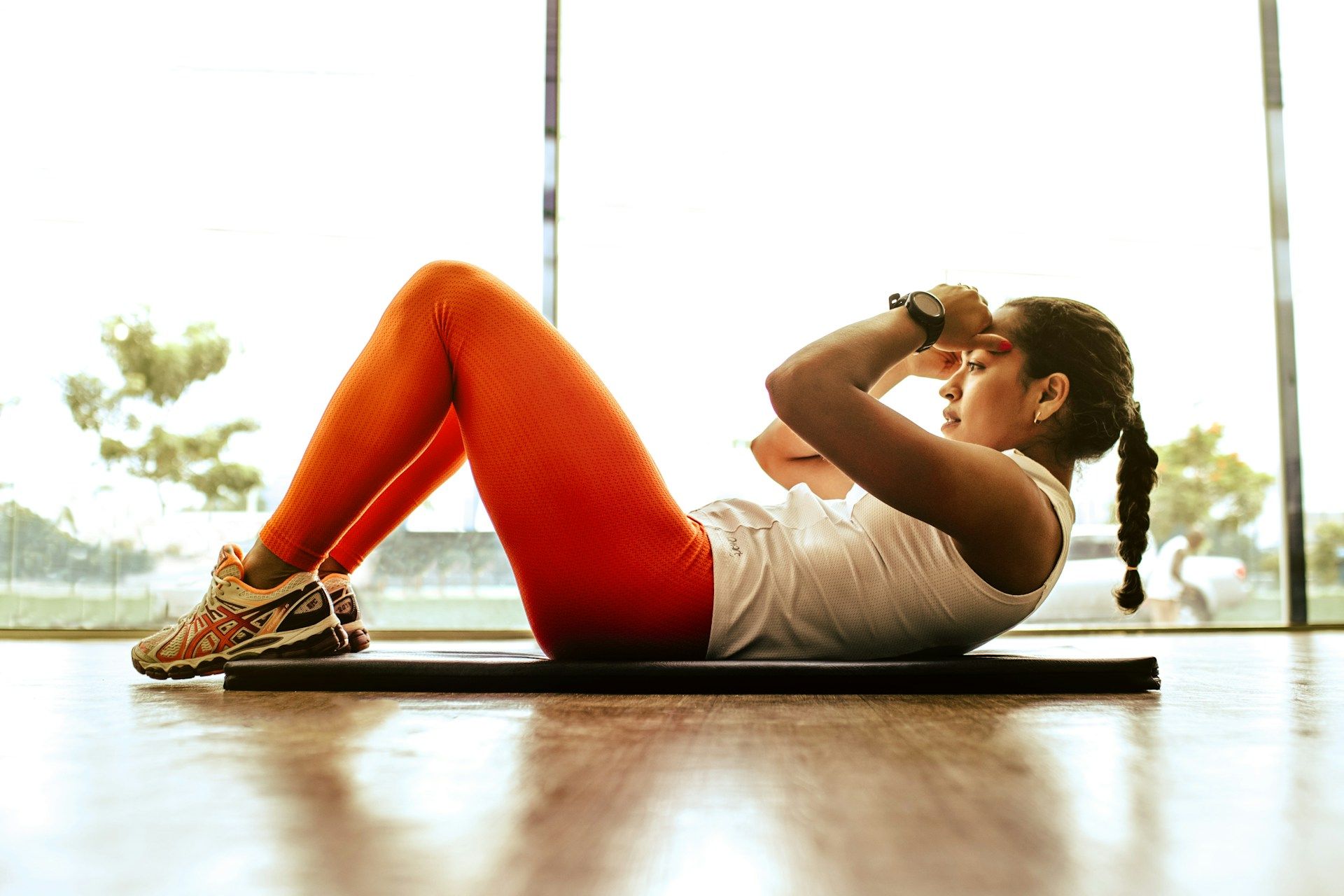Why Muscles Feel Weak After Injury Recovery
Finishing physical therapy or returning to light movement after an injury often feels like a big win. But the moment you try to go back to your regular routine and your muscles feel like jelly, it can be frustrating.
That feeling of weakness after recovery is more common than people think, and it doesn’t mean you failed your rehab or did something wrong. It just means your body still has a little work left to do. On St. Simons Island, plenty of people want to enjoy sunny walks, golf, or outdoor workouts during the summer, but post-injury weakness can make those activities harder than they used to be.
Understanding why muscles feel weak after recovery can help ease that frustration. Once you know what’s happening in your body, it becomes easier to take the next right steps. Slow strength returns for a reason, and guessing your way through it usually leads to even more time away from the things you love.
Personalized support, like the kind you’ll find at Live Oak Fitness, can help build strength back the right way.
The Physiology of Muscle Recovery
When an injury happens, rest usually comes first. Whether it’s a sprain, a pulled muscle, or something more serious, your body puts healing at the top of the list. That means damaged muscle fibers start rebuilding, inflammation decreases, and the affected area slowly returns to normal. But that normal doesn’t mean strong right away. It just means the problem has stopped getting worse.
The moment you feel ready to start moving again, your muscles aren’t entirely on the same page. They’ve had time off. Even if the injury wasn’t that severe, the muscles around it spent time doing less than usual. They shrink, and their ability to contract effectively weakens. Think of it like a light switch that hasn’t been flipped on in a while. It still works, but it takes some warming up.
Rebuilding strength doesn’t mean jumping back into previous routines. Starting slowly is a big part of long-term success. Gently increasing movement lets healing fibers adapt without risking reinjury. That’s especially important on St. Simons Island in the summer when heat can make movement feel harder if you're already starting from behind. Muscle fibers that have been inactive need time, patience, and consistent, guided effort to bounce back.
Common Reasons for Post-Recovery Muscle Weakness
Muscle weakness after recovery feels discouraging, but it helps to know exactly where that weakness might be coming from. Here are a few of the most common causes:
1. Deconditioning from inactivity
Even short breaks in regular activity can affect muscle strength and endurance, especially if the injury kept you from walking, lifting, or stretching fully. The less your muscles do, the less they’re able to do when back to activity.
2. Muscle atrophy
This is when muscles physically shrink due to not being used for a while. It's a biological response, not a sign of failure. If a leg injury kept you from bearing full weight, for example, the muscles in that leg likely lost some mass.
3. Disruption in brain-muscle signals
When you’re recovering, your brain naturally starts protecting that injured area. It might hold back a bit even after you feel ready. The connection between your brain and muscle doesn’t always flip back to full power right away, which can cause an odd sensation of weakness or slower movements.
These issues don’t mean your body is broken. They just point to a cycle that will take a little time to reverse. Giving muscles the chance to work again in smart and careful ways helps them rebuild from where they are, not where they used to be. Planning recovery with help from personal training at a fitness center like Live Oak Fitness on St. Simons Island can make the difference between just moving again and truly regaining lasting strength.
Strategies To Combat Muscle Weakness
Once you understand why your muscles feel weak after recovering from an injury, the next question becomes: what can actually help? Getting stronger again doesn’t mean powering through discomfort or jumping straight back into heavy routines. It means being intentional and starting with a plan that fits your current strength level.
On St. Simons Island, the warm climate makes summer the perfect time for low-impact movement. Here are a few ways to approach rebuilding strength safely:
- Ease into resistance work: Start with bands, light weights, or even just bodyweight movements. Pay attention to form and muscle control over repetitions.
- Work the full range of motion: Controlled, full-range movements help activate more fibers and restore flexibility around joints.
- Try daily functional movements: Step-ups, wall sits, or modified lunges can help support everyday tasks like walking distances or carrying items.
- Incorporate pool-based activities: The water takes pressure off joints but still challenges the muscles, making swimming or walking in water a great option in the southern heat.
- Stick with consistency: Three short sessions a week done properly will always beat one long, unfocused workout.
On St. Simons Island, the flat outdoor environments, like walking trails or golf courses, also allow you to test progress in measured ways. You don’t have to guess when strength is returning. You’ll start to feel it in how easily you move through daily routines. Let small gains build into bigger ones. Recovery doesn’t all have to be inside a gym, but structure still plays a big role in getting results without setbacks.
Psychological Factors in Recovery
Even when your body is physically cleared to train, your mind might still have a few doubts. Sometimes, weakness after injury doesn’t come just from the muscle itself. It comes from hesitation. Personal training clients often deal with worry about reinjury, especially when they’ve already gone through a long rehab process. That kind of mental block can interfere with the way your muscles fire and respond.
Fear changes movement, even if you don’t realize it. You might hold your breath, tighten up, or avoid putting your full weight into certain motions. That doesn’t just affect recovery; it limits progress. The best way to handle this is by setting realistic goals and tracking actual growth so you don’t rely on feelings alone.
Here are some simple ways to manage fear during recovery:
- Work with a trainer or coach who can guide you through proper form.
- Track reps or weights lifted so you can see progress written down.
- Use controlled environments to test skills before doing them independently.
- Focus on what you can do rather than the one movement that still feels uncertain.
It is beneficial to approach fitness with goal-driven energy, and that mindset helps push through doubts. Small confidence wins can ease the mental load and lead to major physical progress. The more often you show your body that it’s ready, the sooner those mental brakes start to release.
Regaining Full Strength and Functionality
Getting stronger after an injury isn’t about going back to where you were. It’s about building something better. On St. Simons Island, where active living continues year-round, creating a steady training rhythm can make recovery a part of your lifestyle instead of a short-term task.
Designing a smart progress plan involves more than just increasing weights over time. You need a strategy that takes into account balance, stability, and movement quality. If one leg or side of the body has been out of action, you may have developed habits that now need to be unlearned. Agility ladders, tempo-based lifts, or core stabilization exercises can be useful tools, not just for athletes, but for anyone trying to move better on their feet.
Patience is key. A structured weekly program lets you test new strength while keeping tabs on what still needs support. You don’t need to go big to make real changes. Recovery isn’t won with showy routines. It’s built through steady reps and clear feedback. Whether you’re walking sandy beach paths or hoping to get back on a paddleboard, each progressive step matters.
Recovering Stronger and Better With Professional Help
Many people reach a point during recovery where progress slows down. This often happens when someone tries to train alone without proper direction. They might repeat the same workout plan or simply avoid movements that feel hard. That’s where working under professional guidance makes a difference.
Trainers see patterns you might miss. They adjust angles, track effort, and pace progress at a rate that challenges without overwhelming. It also adds accountability. When someone’s watching out for how your body moves, it’s easier to give your full effort safely. They’re not just looking at whether you’re sweating. They focus on how you move and how each session fits with the next.
With structured support:
- You’re not guessing what exercises to choose.
- Your pain triggers can be discussed and adapted in real time.
- The experience stays focused and purposeful, instead of just tiring.
- You’re less likely to plateau or fall back into old habits.
Personalized programs, like those at Live Oak Fitness, often lead to more confidence. In the long run, that confidence keeps you active, strong, and more comfortable in your daily life. Whether it's returning to jogging around your neighborhood or managing daily pickup and lifting movements, trained support turns recovery into self-trust.
Strengthening Your Recovery Journey
Lasting recovery usually takes more than willpower or motivation. It takes a thought-out plan backed by consistency, communication, and tracking progress over time. With that in mind, exercise can return to being something enjoyable instead of a frustrating challenge when that recovery has structure.
The goal isn’t just to heal. It's to reduce the chance of future injury and feel comfortable being active again. Each person’s pace is different, but every recovery effort benefits from direction. If you're dealing with post-injury muscle weakness and don’t know where to start, you're not alone. With the right guidance from a team like the one at Live Oak Fitness, every step forward can feel more like strength returning because that’s exactly what it is.
Regaining strength after an injury requires a thoughtful approach tailored to your unique needs. At Live Oak Fitness, our dedicated team is here to help you navigate your recovery with confidence and care. Whether you're seeking a knowledgeable guide to ease your return to fitness or aiming for structured recovery plans, consider investing in personal training to achieve your goals safely. Trust us to support your journey back to the activities you love.

